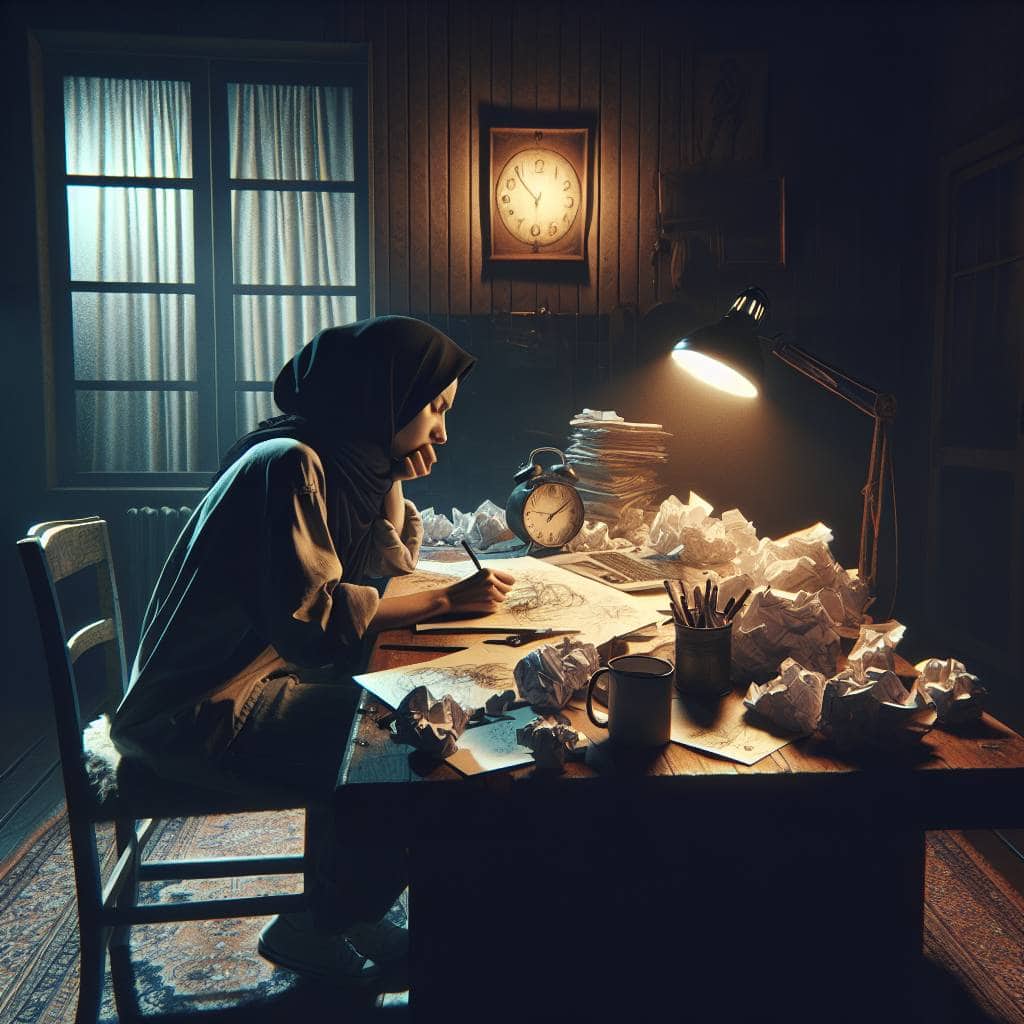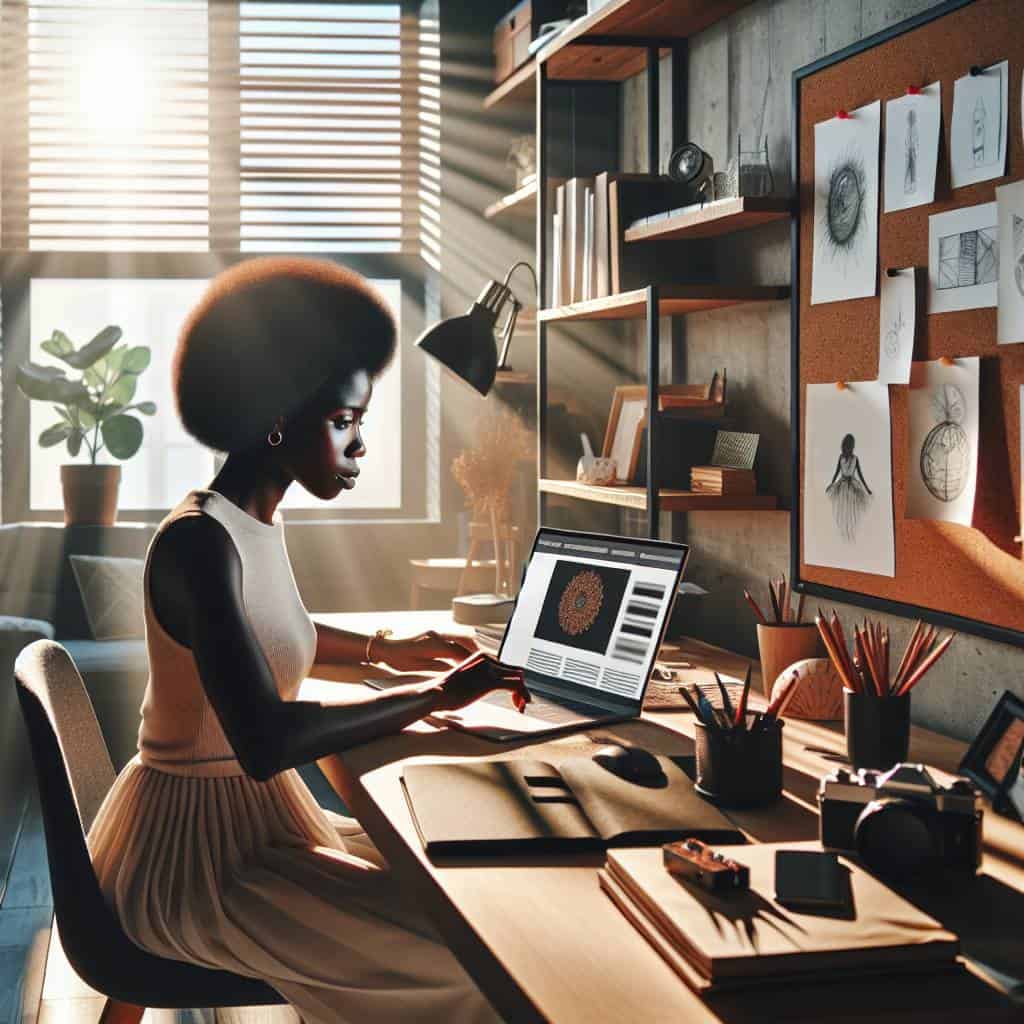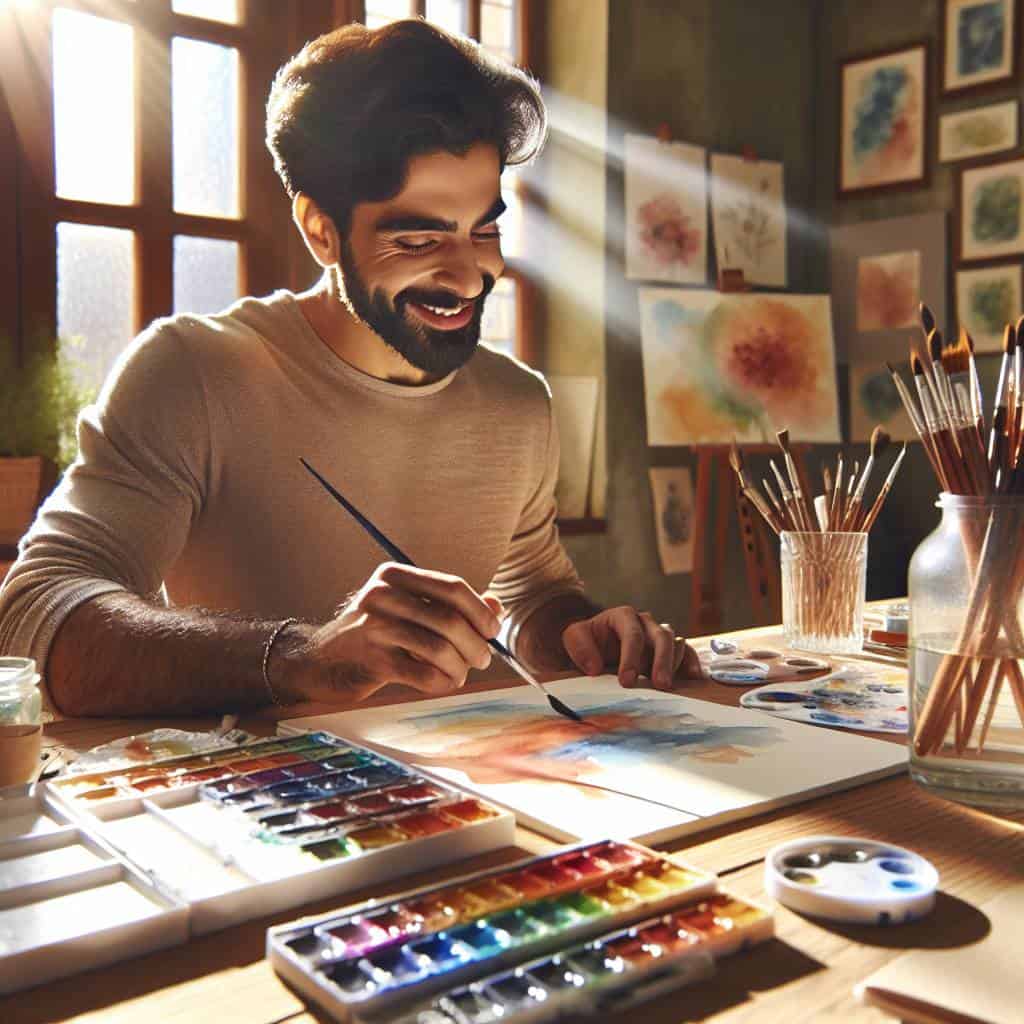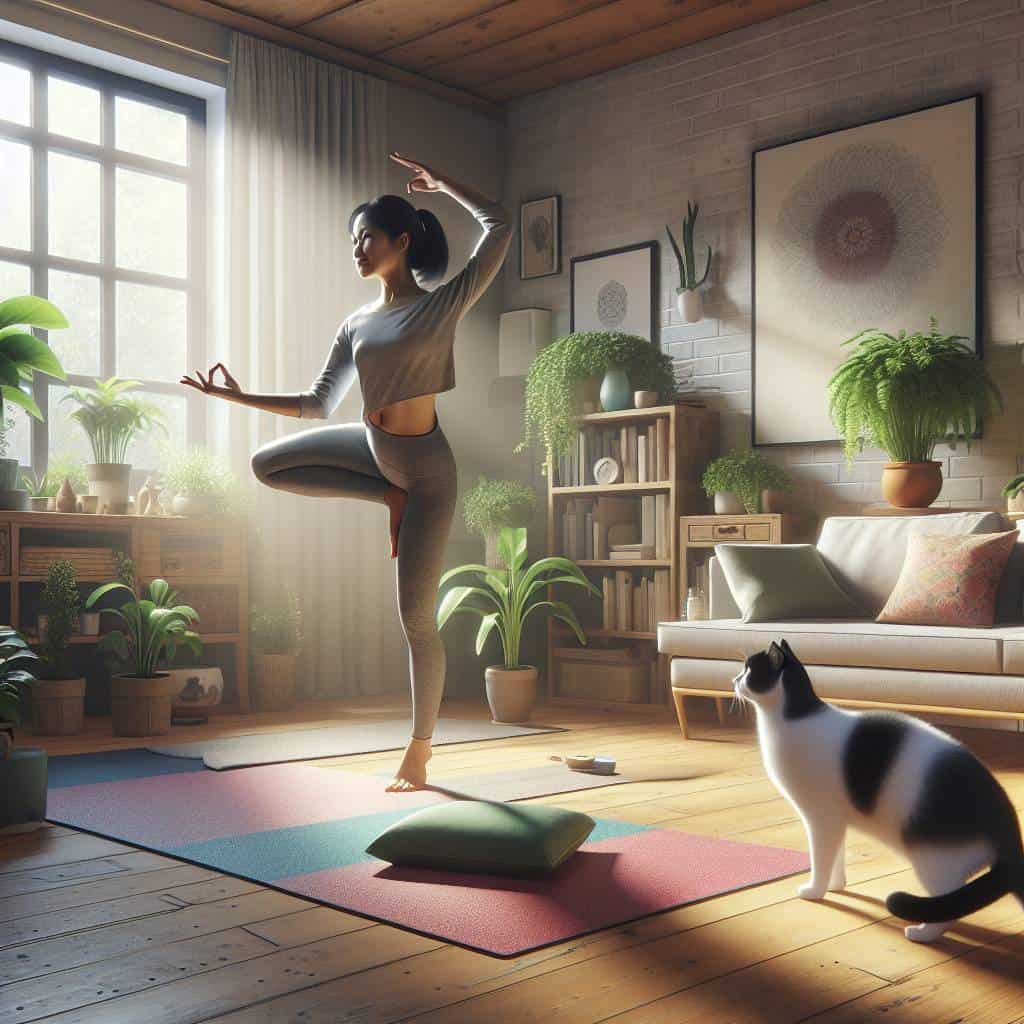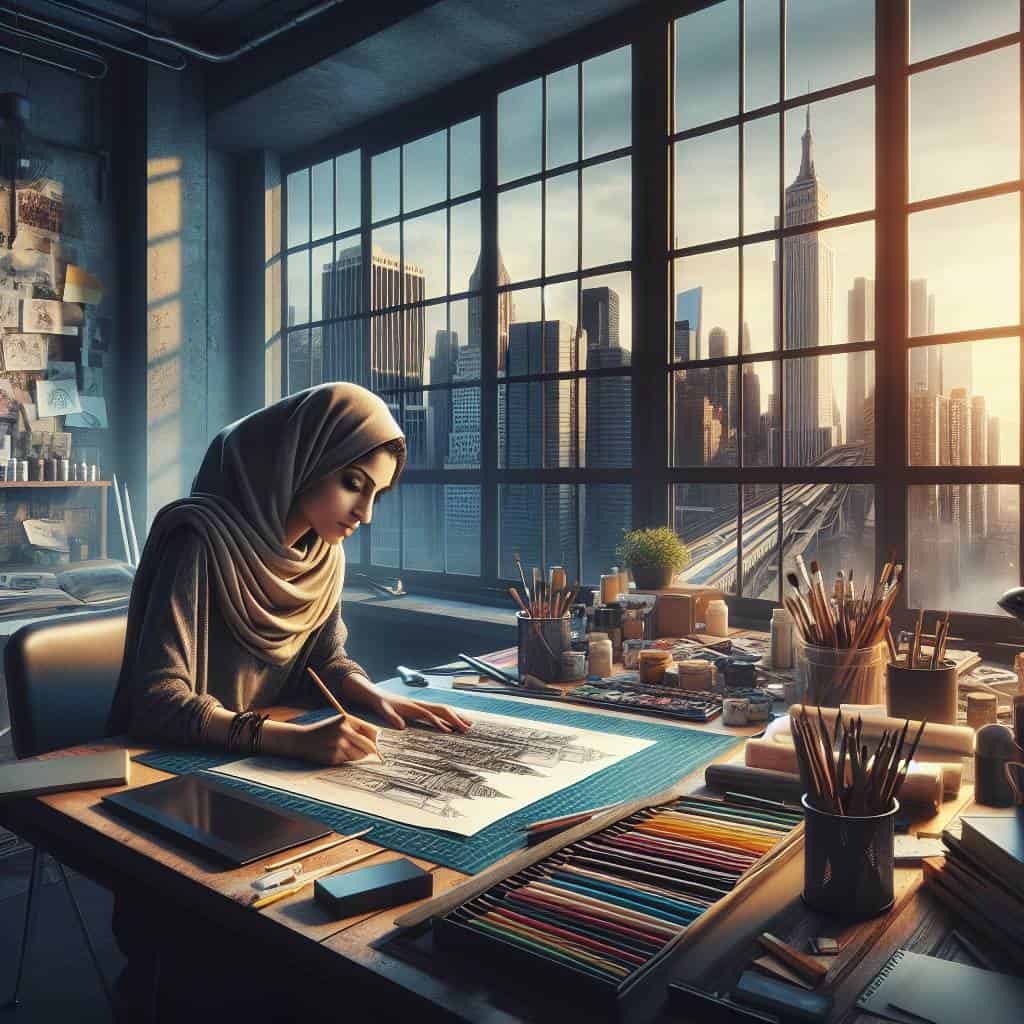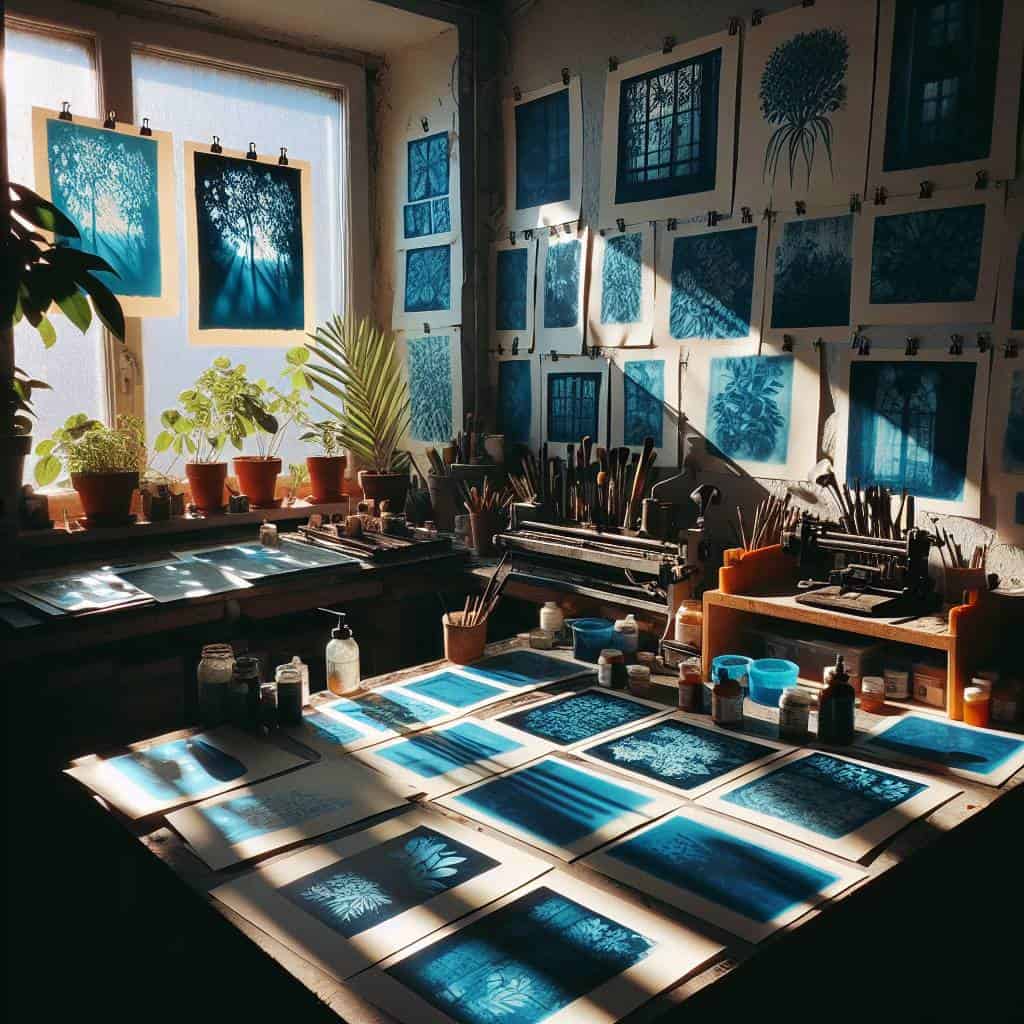I remember my first foray into photography—armed with a shiny new DSLR and the unwarranted confidence of a five-year-old with a crayon. I was convinced I’d capture the essence of life in a single click, only to end up with a collection of blurry, overexposed messes. The truth? Most of my initial shots looked like Bigfoot sightings. But there’s a twisted beauty in those early disasters, a raw honesty that the polished perfectionists will never understand. It was a humbling reminder that good photography doesn’t come from the camera. It comes from knowing when to throw the rulebook out the window and let chaos be your muse.
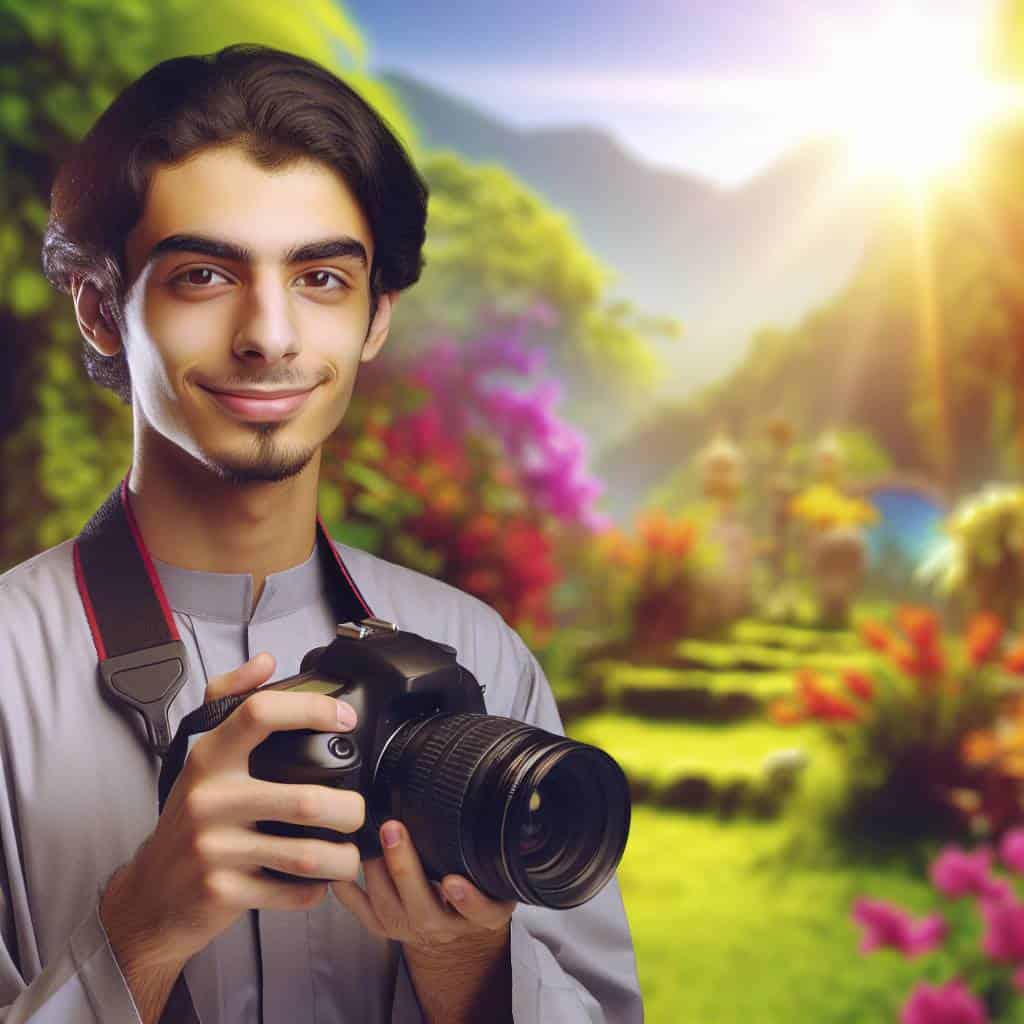
So, here we are. If you’re standing at the precipice of photography, welcome to the circus. We’ll dive into the so-called “basics” like exposure, triangle, and composition—terms that sound intimidating but are really just fancy ways of saying “mess around until it looks right.” Whether you’re fumbling through manual mode or still figuring out which end of the camera to point at your subject, this journey is about embracing the imperfection and finding your own rhythm amidst the chaos. Let’s strip away the jargon and see what lies beneath the surface.
Table of Contents
Manual Mode: The Devil’s Playground or the Photographer’s Paradise?
Let’s talk about manual mode—a place where your camera stops holding your hand and starts expecting you to dance. It’s the wild frontier of photography, the spot where beginners often find themselves tangled in a mess of settings that sound more like a cryptic puzzle than a creative tool. The exposure triangle—ISO, shutter speed, and aperture—isn’t just camera jargon; it’s the trio you’ll need to wrestle with. And let’s be real, it often feels like trying to juggle cats. But this chaos is where the magic happens. You see, manual mode isn’t just a beast to be tamed; it’s a canvas waiting for your vision to take shape.
Sure, it’s intimidating. Sure, you’ll probably end up with a bunch of overexposed shots that look like they belong in a collection called “Oops, I Did It Again.” But here’s the thing: manual mode gives you control. And in the world of photography, control is power. It’s about bending light and shadow to your will, about composing shots that aren’t just technically correct but are also infused with your unique perspective. In manual mode, you’re not following a script—you’re writing your own. You’re learning to see beyond the automatic settings, to anticipate how each tweak will transform the scene. So, is it the devil’s playground or a photographer’s paradise? It’s both. It’s the messy, unpredictable, thrilling playground where your skills are forged. And once you’ve embraced the chaos, you’ll find it’s a paradise that’s entirely yours.
The Beautiful Chaos of Clicking
When you’re new to photography, it’s less about mastering the exposure triangle and more about embracing the blur of your first hundred shots. That blur is where the magic begins.
Embracing the Chaos of the Lens
Photography, in all its chaotic glory, taught me that the rules are just starting points, not shackles. When I first picked up a camera, I was seduced by the promise of control—manual mode was my playground, and I was the kid who refused to color inside the lines. The exposure triangle? Just another puzzle to solve. But here’s the kicker: every misstep taught me more than any perfect shot ever could. I learned to embrace the chaos, to let the unexpected moments breathe life into my images.
And that’s the beauty of starting out. It’s messy, it’s unpredictable, and it’s gloriously imperfect. So, to every beginner out there feeling overwhelmed by ISO numbers and aperture settings, I say this: trust the process. Your camera is your ally, your mistakes are your mentors, and your journey is uniquely yours. Dive into the chaos, experiment with wild abandon, and remember that the best stories aren’t told through flawless execution but through the grit and soul captured in every imperfect frame.



